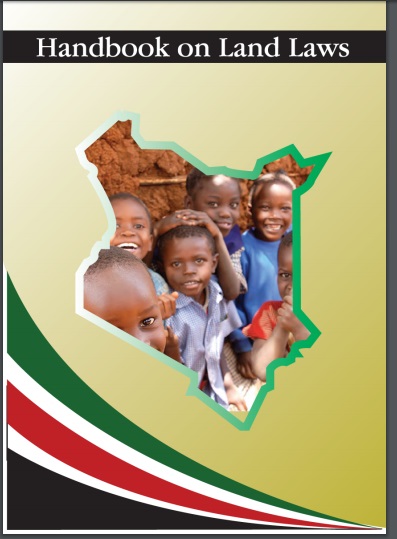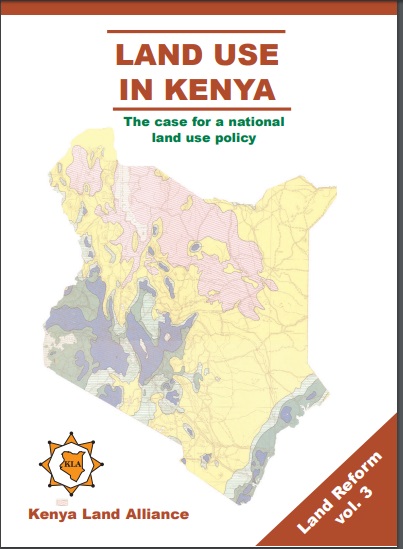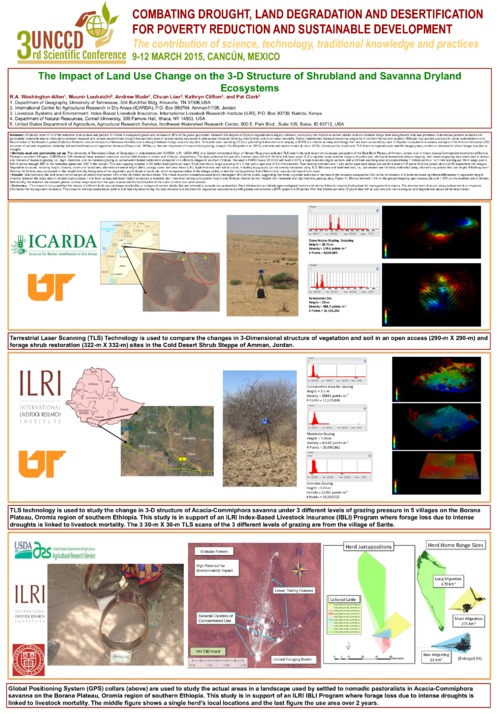Ordenamiento ambiental en áreas protegidas de montaña: una propuesta a partir del estudio de los impactos del pastoreo en el Parque Nacional Huascarán
Environmental ordering is a process that promotes adequate land use through regulation, planning and management of the elements of a specific environment. Nevertheless, the process of environmental ordering has been assumed as static, considering only physical aspects in the analysis of environmental problems.











